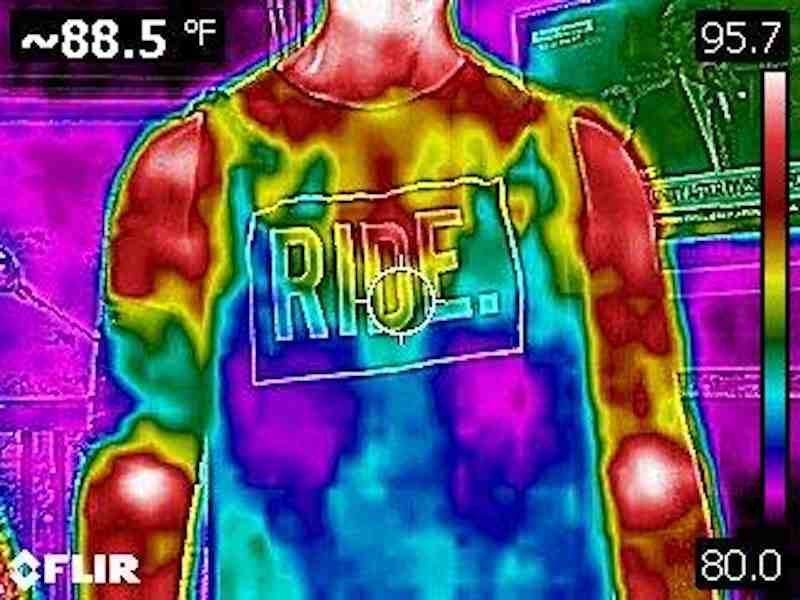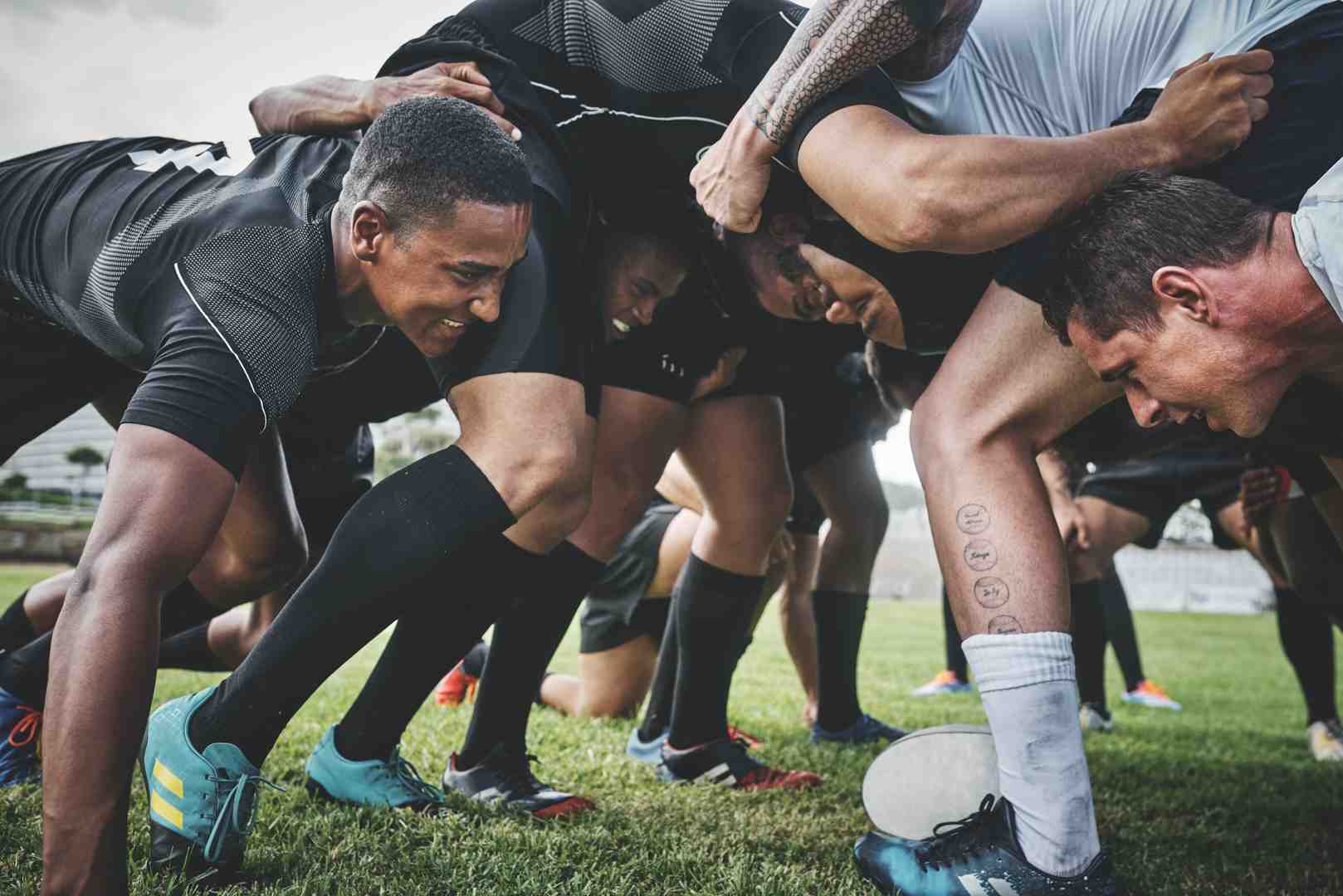Sweat Less, Recover More: Mastering the Workout Cool Down
Why Your Post-Workout Routine Needs a Cool-Down
For many of us, SUMMER IS HERE. That's a time for sport and fun, but it's also a time when we are loading up on SPF and sweating under the hot summer sun. When workouts bring serious heat, temperature management for tired muscles and tissues gets all the more important.
Learning how to cool down after a workout is every bit as important as warming up. Just a few focused minutes of gentle movement and stretching will:
- Lower your heart rate safely
- Keep blood from pooling in your legs
- Start flushing out metabolic waste so tomorrow feels better
Cool Down after a summer workout with A simple formula
- Light activity (3-10 min)
- Static stretching (5-10 min, 30-60 sec holds)
- Relaxation/breathwork (2-5 min)
- OPTIONAL: Active cooling and evaporation technologies
Skip these steps and you may invite dizziness, fainting and next-day stiffness. I am Josh from the SHIELD team, and at SHIELD Health & Fitness we have been to dozens of intense athletic events, competitions and tournaments and have seen how these “bonus” minutes pay off for hours and even days post-event. Especially as the summer heat is really starting to hit!

Why Cooling Down Is A Powerful Fitness Tool
During training your heart rate can soar from 70 bpm to 170 bpm, vessels widen, and body temperature climbs. Hitting the brakes instantly can make blood pressure crash—cue dizziness or even fainting. A cool down after workout lets your cardiovascular system ease back to normal.
The Dangers of an Abrupt Stop
Your leg muscles act like a second heart. When they quit contracting suddenly, blood pools below the waist. Warning signs: nausea, light-headedness, racing heart that drops too fast. Five minutes of easy walking or pedalling almost eliminates the risk.
Fighting Soreness and Cramps
Active recovery keeps blood moving, clearing lactate and other waste faster than total rest. That usually means milder Delayed Onset Muscle Soreness (DOMS) and fewer cramps. Pair those minutes with smart hydration and supportive tools like our Athletic Tape for Injuries for the smoothest rebound.
The Perfect Cool-Down: How Long & How Hard?
Rule of thumb: move gently at a pace where you can talk easily. Most workouts need 8-12 minutes total; save the longer end for intense sessions.
How Long Should You Cool Down?
| Workout Intensity | Minimum | Ideal | Focus |
|---|---|---|---|
| Light | 3-5 min | 5-8 min | Easy stretch & relax |
| Moderate | 8 min | 8-12 min | Active + stretch |
| High-Intensity | 10 min | 12-15 min | Extended active + full stretch |
Hold each stretch 30-60 seconds. Quick 10-second pulls feel good but won’t improve flexibility.
Warm-Up vs. Cool-Down
Warm-ups use dynamic moves to ramp you up; cool-downs use static holds to dial you back down. Together they’re the low-cost insurance policy that helps keep injuries away.
Step-by-Step Cool-Down Exercises
- 3-10 min light movement (walk, easy cycle, slow laps)
- 5-10 min static stretching of muscles you just trained
- 2-5 min deep breathing or gentle yoga
Breathe slowly, aim for mild tension not pain, and hold each position 30-60 seconds.
Must-Do Lower-Body Stretches

- Standing Quad Stretch
- Seated Hamstring Reach
- Wall Calf Stretch
- Butterfly (inner thigh)
- Figure-Four (glute)
Upper-Body & Core

- Cross-Body Shoulder Stretch
- Overhead Triceps Stretch
- Chest Opener (hands clasped)
- Child’s Pose
- Seated Spinal Twist

Tailoring Your Cool-Down
Cardio Session
Ease from run to walk, bike to easy spin, or swim to slow laps until you can speak in full sentences. Then focus on hamstrings, quads, calves and hips, finishing with deep breathing and a few shoulder rolls. Stretching is always helpful, and hydrations and rest remain some of the most critical performance enhancers known to all athletes!
Strength Session
Do light versions of the moves you trained (air squats, arm circles), then stretch those exact muscles. Foam rolling or mobility drills like Cat-Cow restore range of motion. Persistent tight spots may benefit from Stretch Tape support. If you are doing a traditional strength session, you may also have access to recovery tools such as cold plunges or showers, ice baths, saunas, stretching tools and more, which can aid in ways that are hard to duplicate out on the field.
Special Populations, and Unique Cooling Tech
Older adults, people with diabetes or high blood pressure and kids all need longer, gentler cool-downs—often 15-20 minutes of easy movement and supported stretches. The key: modify as needed, but never skip it.
Active cooling technology is another tool that includes tried-and-true cooling tools such as ice packs, but which also includes newer technologies to pull moisture away from skin and bring active cooling to hot muscle areas. At SHIELD, our technology is called POLAR - a cohesive wrap that is infused with a special cooling solution, which acts to immediately cool you down. You don't need to refrigerate it for it to work, and so it's suitable on-the-go and safe in your gym bag thanks to a durable container.
Active cooling - seeing the difference.
To test the impact of active cooling technologies and give just one example of how they can impact immediate recovery post-workout, we ran a test with an athlete completing a 24 minute metabolic conditioning (METCON) workout. On one arm, we wrapped with SHIELD POLAR. On the other, we didn't wrap at all. You can see the difference - immediately post workout, the wrapped arm is about 10 degrees cooler than the normal control arm! This is not a scientific study, but shows that temperature elevations are real, and will impact muscles and tissues!

These photos show thermal camera imagery of an athlete after completing a 24 minute metabolic conditioning (METCON) training session, with wearing SHIELD POLAR on one bicep (left image) compared to no wrapping (right image). Images are TM SHIELD Health and Fitness.
Frequently Asked Questions
Does cooling down prevent soreness?
Not entirely, but light movement clears waste products and usually makes DOMS feel milder while boosting flexibility and mental recovery.
Can I skip it?
Only after very light activity like a brief stroll. After anything moderate or hard—or if you have heart or blood-pressure concerns—squeeze in at least 3-5 minutes of easy movement and stretching.
What besides stretching helps?
Foam rolling, massage tools, gentle yoga, deep breathing, hydration and balanced post-workout nutrition all accelerate recovery.
Conclusion: Make Cooling Down an Unskippable Habit

Here's the truth: those 10-15 minutes you spend learning how to properly cool down after workout aren't "extra" time - they're some of the most valuable minutes in your entire fitness routine. Think of it as insurance for your body, protecting your investment in all the hard work you just put in.
The long-term benefits of consistent cool-down practice create a ripple effect throughout your fitness journey. When you make cooling down a habit, you're not just preventing tomorrow's soreness - you're building better flexibility over time, reducing your injury risk significantly, and improving your ability to bounce back from tough workouts. Athletes who treat their cool-down as seriously as their main workout consistently report feeling stronger, moving better, and training more frequently without burnout.
At SHIELD Health & Fitness, we've spent years supporting athletes at every level, from weekend warriors to professional teams, and engineering our tape products to meet those needs - before, during and after sport. One thing we've learned is that the small details often make the biggest difference in long-term success. The same attention to quality and performance that goes into our American-made athletic tapes and protective tools should go into every aspect of your training routine - including those crucial minutes after your workout ends.
Consistency trumps perfection every single time. It's better to do a simple 5-minute cool-down after every workout than to do an elaborate 20-minute routine only when you remember. Start with the basics we've covered - light movement to bring your heart rate down, essential stretches for the muscles you've worked, and some deep breathing to help your nervous system shift into recovery mode.
Your body is your most important piece of athletic equipment. Just as you wouldn't toss your gear in a corner after practice, don't leave your body in a state of high arousal after exercise. Those few minutes of gradual transition back to rest aren't just about feeling good in the moment - they're about making recovery a priority so you can train harder and more consistently over time.
The beauty of a good cool-down routine is how it transforms your entire relationship with exercise. Instead of workouts ending abruptly with you rushing off to the next thing, you create a peaceful transition that leaves you feeling accomplished and energized rather than depleted and stressed.
Make cooling down an unskippable habit, and watch as this simple practice transforms not just your recovery, but your entire approach to fitness. Your future self - the one who's still training strong years from now - will thank you for the investment you make in proper recovery today.
For comprehensive protection during your training and competition, protect your performance with professional-grade Turf Tapes designed to support your athletic journey from warm-up through cool-down and beyond.

